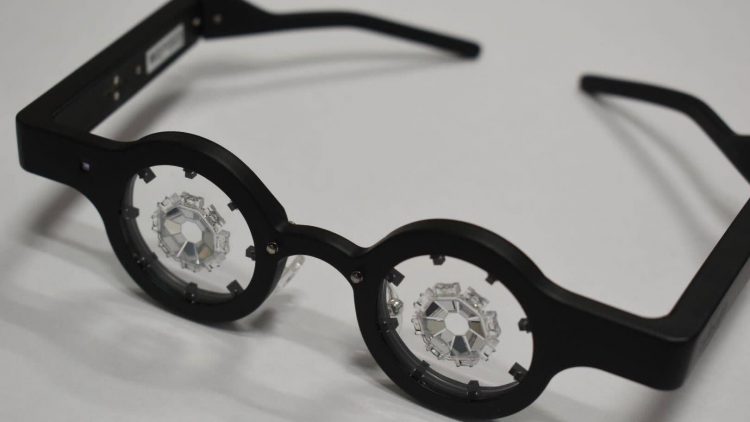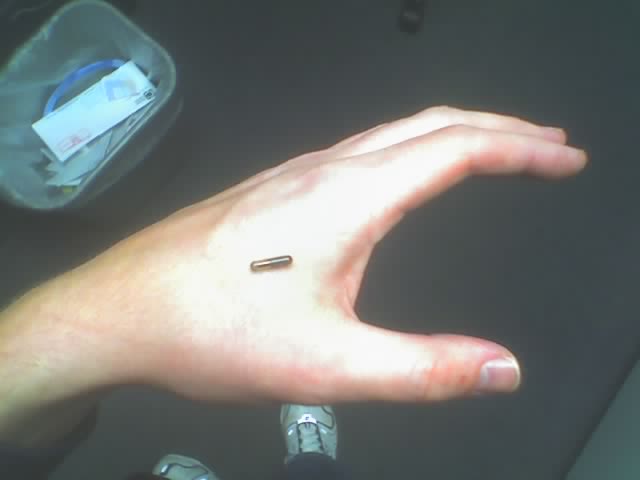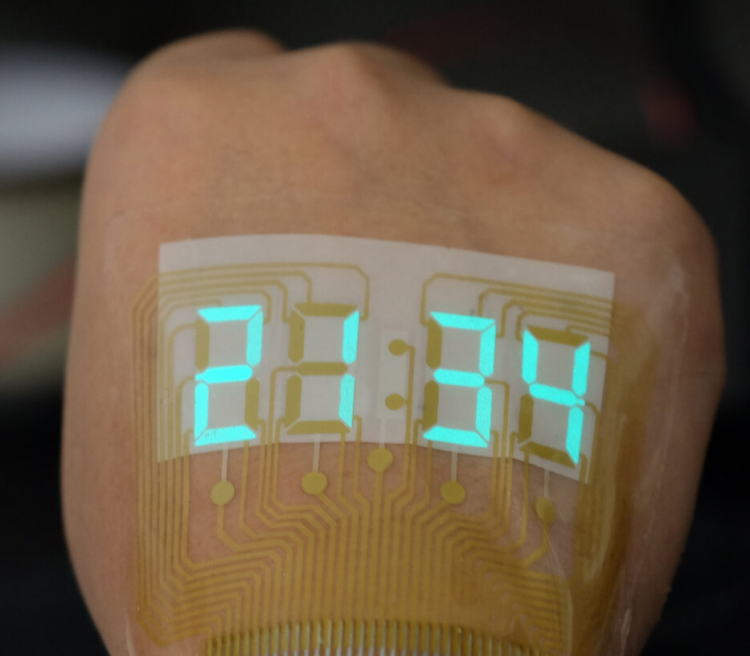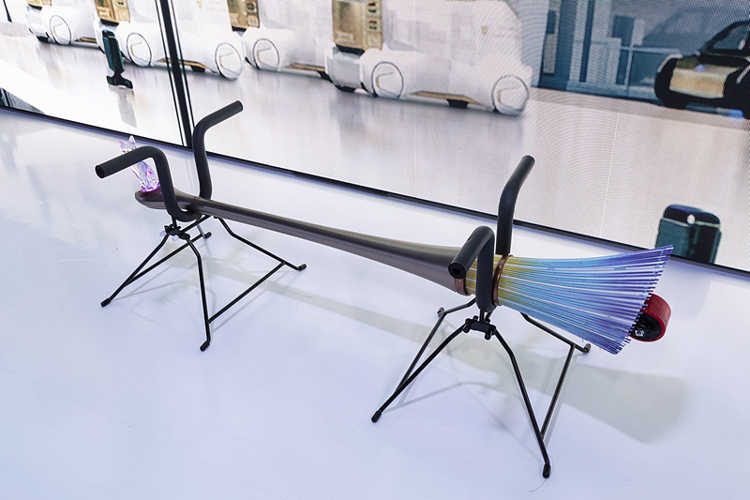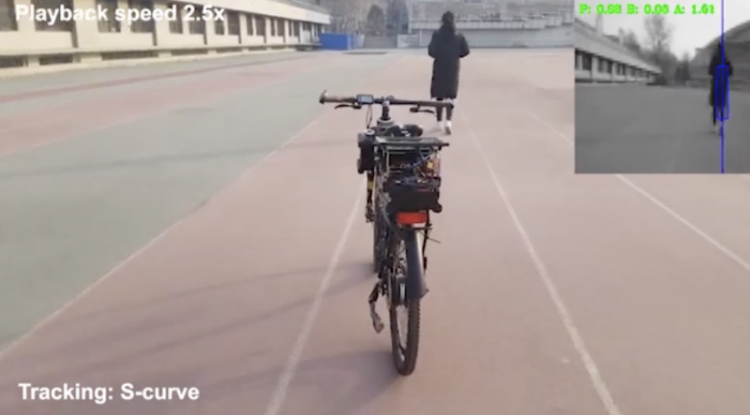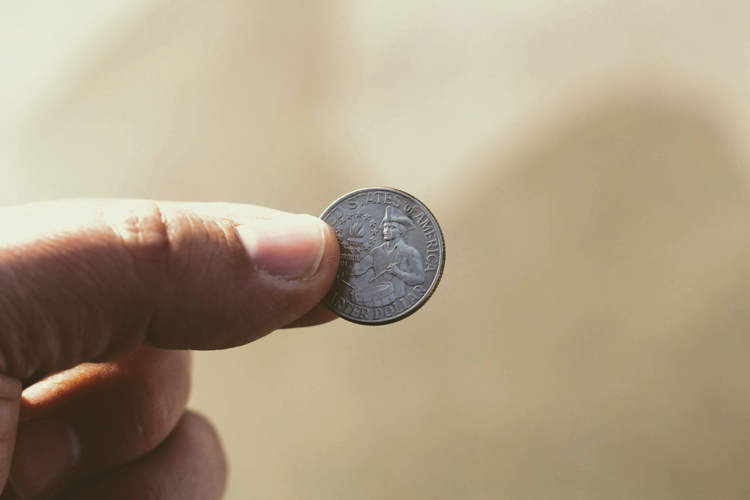Hua Zhibing officially registered and became a student of Beijing’s Tsinghua University on Tuesday. But she’s not just another student, but China’s first AI-powered, virtual student.
Hua Zhibing’s appearance, voice and even the music playing in the background of the vlog she introduced herself to the world in were all created using on a record-breaking AI modeling system called Wudao 2.0. It was unveiled at the 2021 Beijing Academy of Artificial Intelligence (BAAI) Conference on June 1, and, according to its developers, it is the first trillion scale model in China and the largest in the world. Wudao 2.0 is designed to enable machines to think like humans and is reportedly close to passing the Turing test in poetry and couplets creation, text summaries, answering questions and painting.



